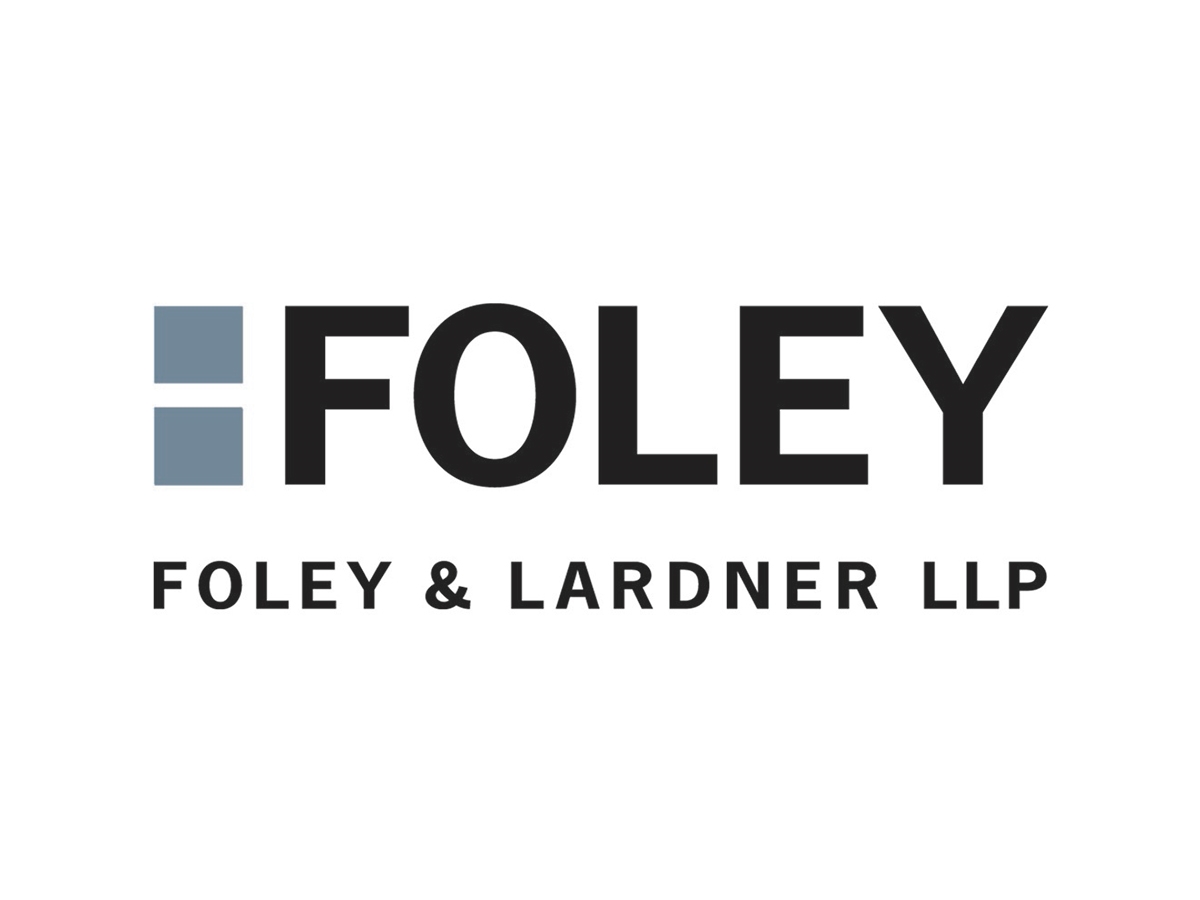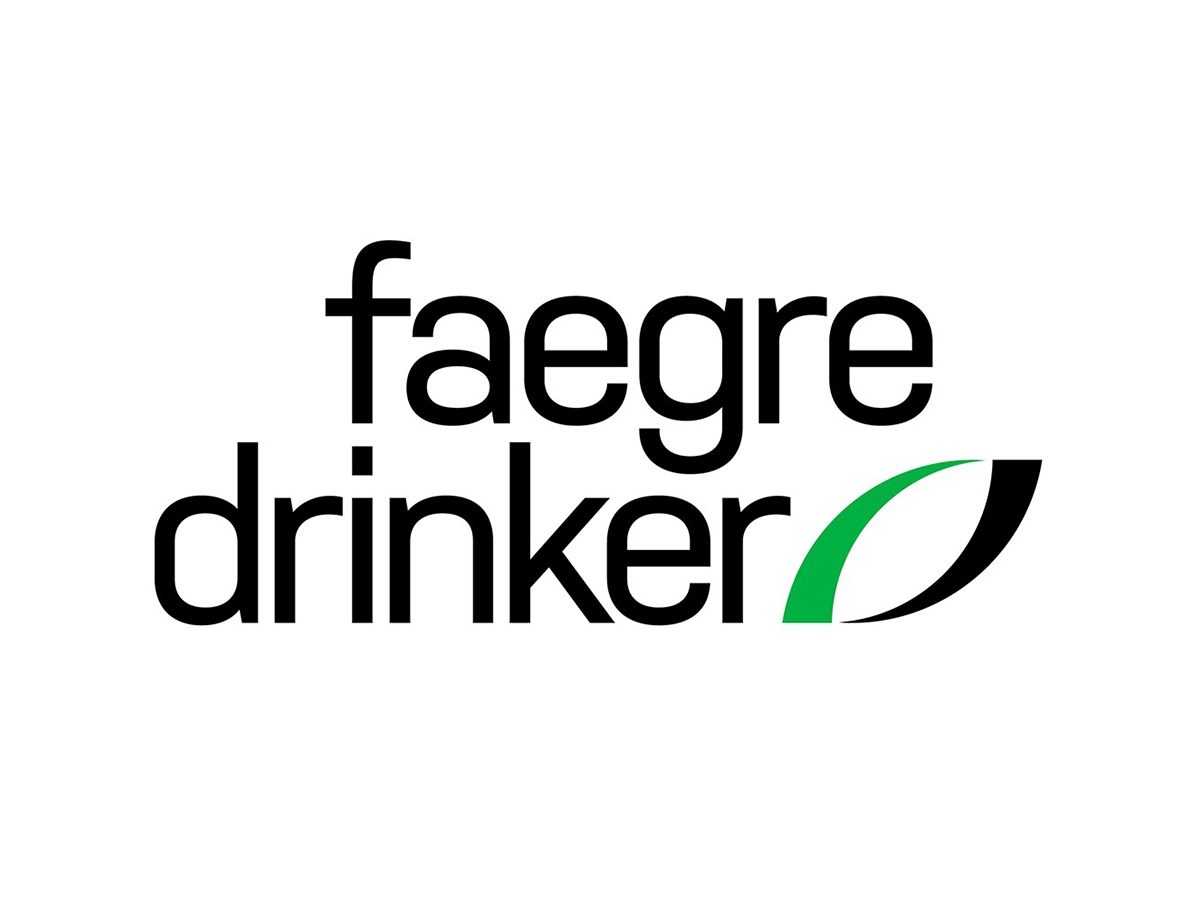Even if a product is manufactured by using the technology purchased from right holder, the use of the right holder’s trademark on the product without authorization still constitutes trademark infringement | “S” Trademark Infringement and Unfair Competition Dispute | Linda Liu & Partners
Judgment Gist
Company H claimed that the “S” branded engines used in the motorboats it produced came from a lawful source and were used in a proper procedure, and that it had the right to make derivative use of the purchased engines, and that its use of the trademark “S” did not constitute trademark infringement. However, regardless of whether the engines originated from Company S’ joint venture or belonged to other companies, even if Company H had the right to dispose of the engines, including making changes and improvement and using it, what Company H could dispose of was only the objects it acquired, excluding the intellectual property rights contained in or associated with the objects, i.e., Company H did not automatically acquire trademark license from company S by purchasing the engines produced based on the technology developed by Company S. In other words, Company H did not acquire a license to use Company S’ trademarks, even if Company H acquired the property right in rem of the engine, it does not mean that it can use Company S’ trademark on the engines freely. In the absence of authorization from Company S, Company H labeled the S logo on the engines on its own, and even marked the S logo after the engines were modified, which obviously exceeded the scope of the proper exercise of its right in rem and infringed Company S’ intellectual property rights.
Company H was obviously aware that the engines it used were not imported from Japan, nor were they produced by Company S, yet it advertised that the engines it used were “imported from Japan with original packaging” to mislead consumers by falsely advertising the origin and manufacturer of the engines it used. The false advertising behavior of Company H was clearly an act of unfair competition.
Case information
Case summary
Company S, the registrant of S and other trademarks, found that Company H had used the trademark “S” on the engines of the motorboats manufactured, assembled and sold by Company H without authorization, and used the word “S” and other words without permission in the promotion of the relevant motorboat products, and advertised that the engines were “imported from Japan with original packaging”. Therefore, Company S filed a lawsuit for trademark infringement and unfair competition with the Jiujiang Intermediate People’s Court, Jiangxi (hereinafter referred to as the “court of first instance”) in May 2014.
In the first instance, Company H argued that the engines it used came from Company S’ joint venture company in China, and which were produced under the authorization of Company S, and that the engines were produced using the technology developed by Company S, and the trademark on the engines truly reflected the source of the products. Company S challenged the number of products shown in the transaction records provided by Company H with Company S’ Chinese joint venture company did not correspond to the sales volume of its own products, and presented counter-evidence to prove that the engines produced by the Chinese joint venture company authorized by Company S shall only be used in the vehicles produced by the joint venture company and could not be sold to the public, and that the Chinese joint venture company of Company S had clearly stated that although some of the engines had been sold to the aftermarket, the S mark has been removed from the sold engines. Therefore, even if the engines used by Company H came from the Chinese joint venture company of Company S, they were not products manufactured within the scope of authorization of Company S, and certainly did not bear the S mark when it was sold to Company H. Company H labeled the S logo on the products beyond the scope of authorization, which obviously constituted trademark infringement. Company H also prominently used the trademark of Company S on the exterior of the motorboats and in the product name, exceeding the reasonable scope of explanation of the source of the engines, which also constituted trademark infringement. The company H knew that the purchased engines were not from company S, but advertised that they were imported from Japan with original packaging, which constituted a false propaganda on the origin and manufacturer.
However, the court of first instance made a judgment, finding that what Company H sold were motorboats instead of engines, and they are different in terms of usage and function, and the logo was used inside the motorboats, which would not confuse consumers and did not constitute trademark infringement, and that the engines came from the Chinese joint venture company of Company S, which was developed by Company S, and its promotion regarding the motorboats did not constitute unfair competition. Therefore, all the claims of Company S were dismissed in the judgement of first instance.
Company S was not satisfied with the first instance judgment, believing that the court of first instance not only made mistakes in the determination of facts and application of law, but also did not comment on the evidence submitted by Company S in the judgment, and even did not mention a word about the on-site inspection aiming at Company H after the court hearing. Therefore, an appeal was filed with the Jiangxi High People’s Court (hereinafter referred to as the “court of second instance”). The court of second instance accepted the case in August 2016, held a hearing, and after investigating the relevant facts of the case, made a judgement on October 16, 2016, finding that the basic facts of the first instance judgment were unclear and violated the statutory procedures. The first instance judgment was cancelled, and the case was remanded to the first instance court for trial. And the court of first instance was given judicial advice when the case was remanded for the purpose of ascertaining the facts, the joint venture company of Company S should be notified to participate in the lawsuit as a third party.
The court of first instance formed a new panel to hear the case and, at the suggestion of the court of second instance, notified the joint venture company of Company S to participate in the lawsuit as a third party. During the first instance of the remand, the joint venture company of Company S also submitted the transaction records with Company H to prove that it did have some engine transactions with Company H, but the transaction had long ceased and the quantity was limited, and none of the engines provided were marked with the trademark “S”.
In the judgment of the first instance of the remand, the court fully supported the claims of Company S, and found that Company H, without authorization from Company S, marked the S logo on the engines on its own, and even marked the S logo after the engines were modified, which obviously exceeded the scope of the proper exercise of the acquired property rights and infringed the intellectual property rights of Company S, constituting trademark infringement. At the same time, being obviously aware that the engines were not imported from Japan and not produced by Company S, Company H falsely advertised the manufacturer and origin of the engine to mislead consumers, which constituted unfair competition. At the same time, considering the duration of Company H’s infringement for nearly 8 years, the high unit price of the motorboats in question, the nature, circumstances of the infringement act, and subjective malice and the high popularity of S logo of Company S, Company H was ordered to stop the infringement and compensate Company S for reasonable expenses and economic losses totaling RMB 3 million.
Company H did not accept the judgment of the first instance of remand, and appealed. The court of second instance of remand accepted the case on October 30, 2017. After a hearing, the second instance judgment was made in December 2017, upholding the content in the judgment of the first instance of remand that Company H’s act constituted trademark infringement and unfair competition and Company H shall stop infringement, etc. However, it was held that as to the compensation for economic loss, it did not take into account the numbers and price of the engines and the profit made, and the compensation in the previous judgment was too high, and the economic loss and reasonable expenses were adjusted to RMB 800,000 in total.
Attorney’s Opinion
This case was full of twists and turns, from the court of first instance rejecting all of the claims of the right holder Company S, to the court of second instance remanding the case to the first instance for trial, and then the first instance of remand supporting all the claims of the right holder, and finally the second instance of remand partially supporting the claims of the right holder. It has gone through two rounds of first and second instances, for nearly three years from the time of filing the lawsuit to the final judgment taking effect. As the attorney of Company S, our firm represented Company S in all trial stages, and helped the right holder to successfully defend its rights, and finally the infringer was not only ordered to stop infringement, but also imposed a relatively high amount of compensation.
Article 64 of the Trademark Law stipulates that “Where a party is unaware that the goods he sells infringe upon another party’s exclusive right to use a registered trademark, and the party is able to prove that the goods are obtained by legitimate means and provide information on the suppliers of the goods, it shall not be liable for compensation.” In this case, Company H has been claiming that the engines it sold came from the joint venture company of Company S, and the engines belonged to the products of Company S, and it has obtained the cylinder top covers assembly with the S mark, demanding the application of the provisions of Article 64 of the Trademark Law, claiming the defense of legal source, and also defending on the grounds of proper use of trademark and exhaustion of rights etc.
Since Company H provided the evidences such as transaction records with the joint venture of Company S, making the case confusing, the court of first instance failed to clarify the relationship between property rights and intellectual property rights, and erroneously held that the engines used by Company H were indeed legitimate products manufactured under authorization of Company S using the technology developed by Company S. As a result, it held that Company H did not constitute trademark infringement and unfair competition.
On the one hand, we questioned the evidence submitted by the other party, and held that the evidence was insufficient to prove the engines used were all from the joint venture company of company S, since there is a significant discrepancy in quantity. On the other hand, we actively adduced evidence to fully prove that even if some of the engines came from the joint venture company of company S, this part of the engines were produced beyond the authorized scope of company S, and they were not attached with S mark when provided to company H. No one has the right to mark the S mark on the engines without permission. In response to Company H’s rebuttal, we argued that it confused the defense of legal source with the defense of fair use, pointing out that since the engines used were not only not legally produced under the authorization of Company S, but also modified by Company H; even if parts of the technology came from Company S, Company H cannot use the S mark on the engines; and Company H has labeled the S logo on the engines beyond the scope of authorization and the engines of unknown source without authorization, which was neither in line with the proper use of the trademark nor the defense of exhaustion of rights, which obviously constituted trademark infringement.
This case has certain reference significance for the definition of the nature of products exceeding the scope of authorization, the relationship between property rights and intellectual property rights, and the limit of trademark fair use.
Link of the Case Judgment:
Second instance: (2016) Gan Civil Final No. 476
First instance of Remand: (2017) Gan 04 Civil First No. 45
Second instance of Remand: (2017) Gan Civil Final No. 505






